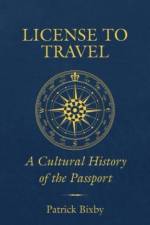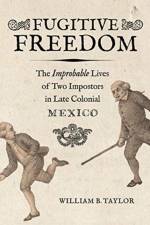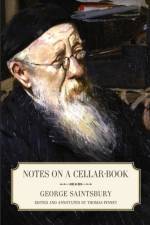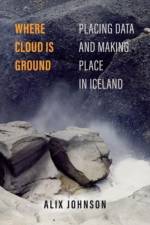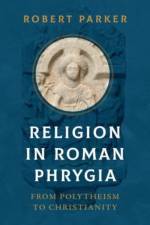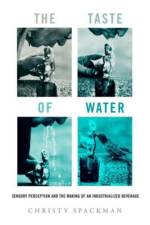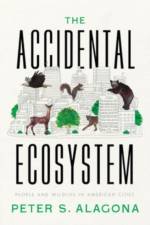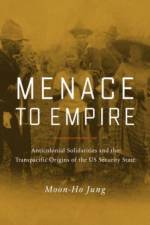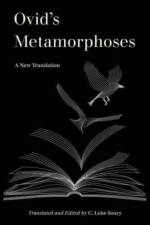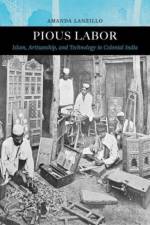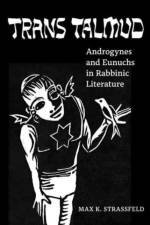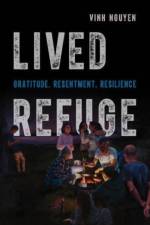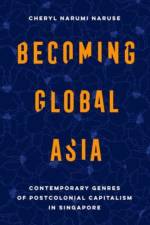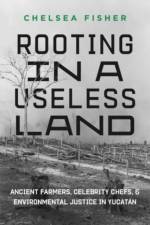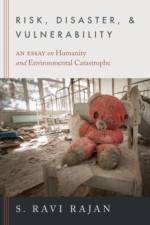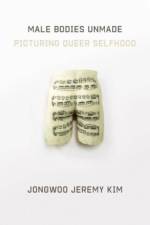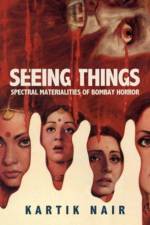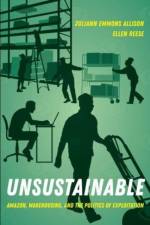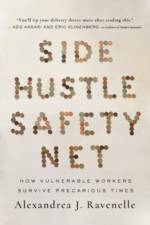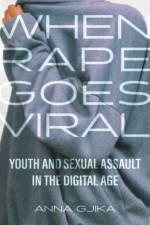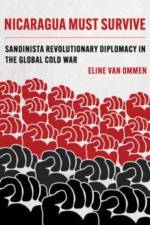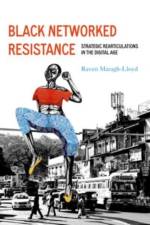av Jongwoo Jeremy Kim
575,-
"Jongwoo Jeremy Kim deftly examines queer (nonnormative) artists through new lenses, creating a narrative arc that interrelates the book's historically and formally eclectic range of off-center artists/subjects. Male Bodies Unmade fills gaps in the literature of the artists discussed and diversifies perspectives in the fields of both queer studies and art history."--Tirza True Latimer, author of Eccentric Modernisms: Making Differences in the History of American Art "Jongwoo Jeremy Kim--who in the early pages of this book styles himself as fierce critic, voyeur, and ventriloquist--provides keen insight into GWM (gay white male) aesthetics by interrogating the stakes of being-in-difference under visual and sexual hegemony. Witty and wise, Male Bodies Unmade is a gleaming example of queer critique's capacities to identify the points of pleasure and failure in our togethering."--Andy Campbell, author of Bound Together: Leather, Sex, Archives, and Contemporary Art "Jongwoo Jeremy Kim began to weave these thoughts into art history as part of a long, ongoing conversation with the bright mind of his teacher, friend, and ally, Linda Nochlin. Male Bodies Unmade now takes those threads into his own full scholarly investigation. The result of so much looking and being comes out from under the covers in the best of all possible ways."--Molly Nesbit, Professor of Art on the Mary Conover Mellon Chair, Vassar College "Male Bodies Unmade implicitly provides one way to decolonize art history and illustrates that Asian American art history can be written without exclusively focusing on Asian American author-subjects and their work."--Alpesh Patel, author of Productive Failure: Writing Queer Transnational South Asian Art Histories "In Male Bodies Unmade, Jongwoo Jeremy Kim helps us look anew at the art of queer artists whose work we thought we knew and understood. He's produced astute revisionist readings of Cocteau, Bacon, Hockney, and Gober, among others, and made their art vivid and relevant for our multicultural twenty-first century."--Kenneth E. Silver, Professor of Art History, New York University

